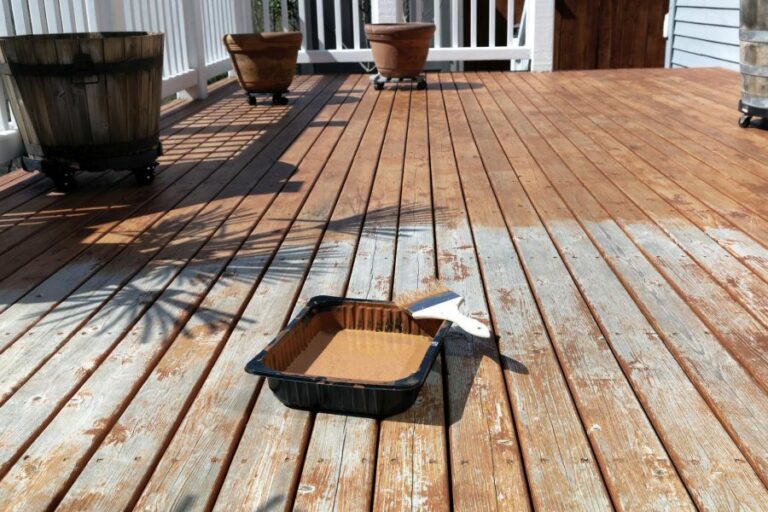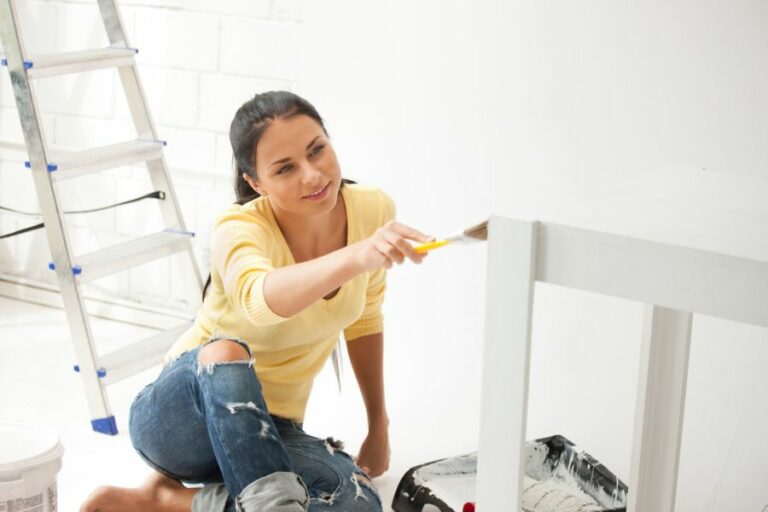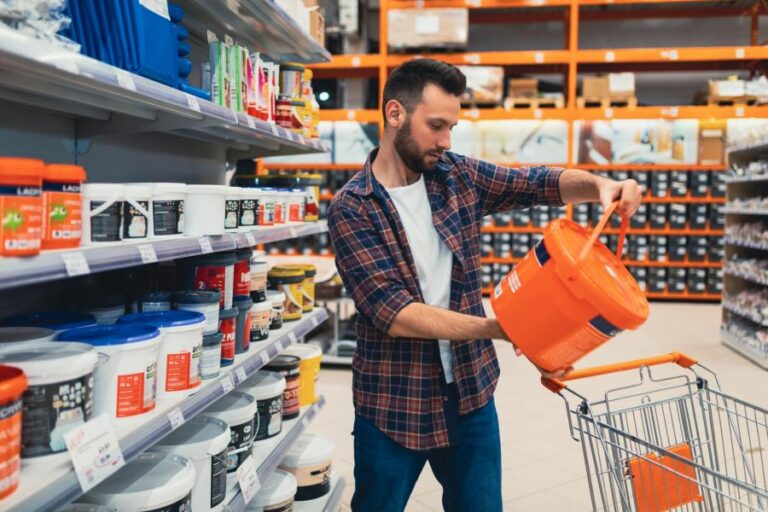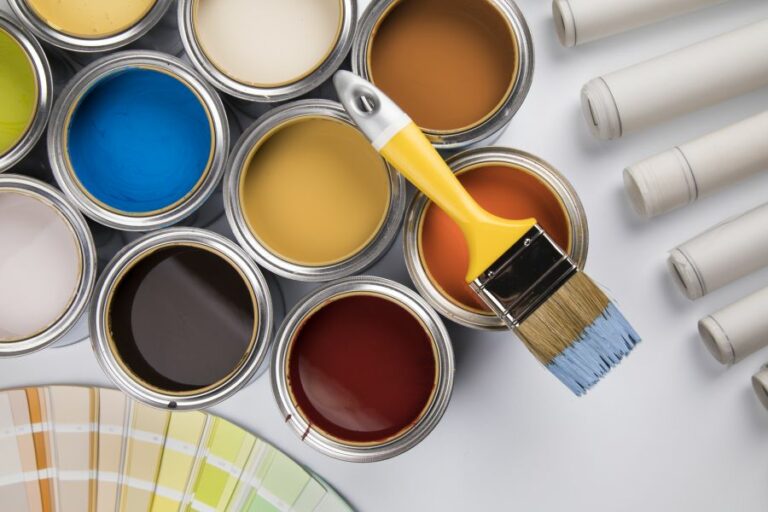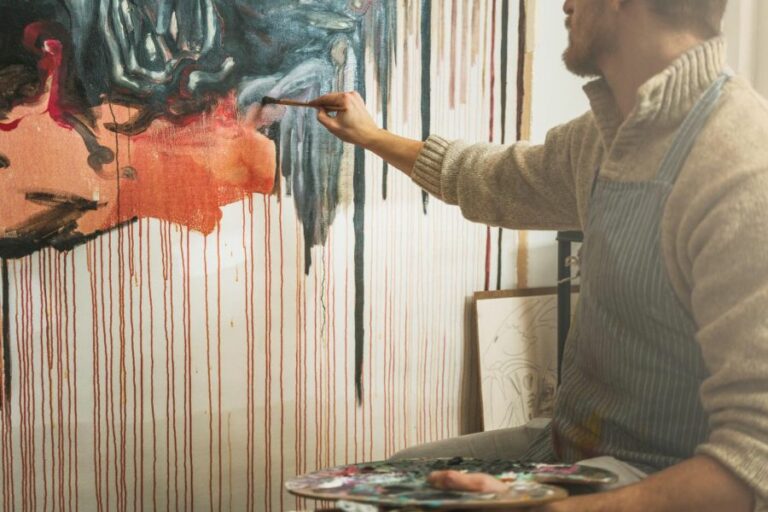Exploring the Future of Painting, What Will Change?
The world of painting is undergoing significant transformations. As we look ahead, it becomes evident that this industry is poised for substantial changes that will redefine the way we approach painting surfaces and other objects. Advancements in technology, evolving techniques, and changing consumer demands are the key driving forces behind these anticipated shifts.

Contents
- 1 What are the biggest changes you expect to happen in the Painting Industry in the coming years?
- 2 Do you see new Paint types or Primers being introduced in the coming years?
- 3 Do you see new methods for Painting in the coming years?
- 4 What type of paint and primer do you use now?
- 5 What tools do you use for painting?
What are the biggest changes you expect to happen in the Painting Industry in the coming years?
The painting industry is undergoing a significant transformation as it responds to changing consumer preferences and the advent of new technologies.
There is a growing demand for sustainable and eco-friendly alternatives to traditional paints, such as air-purifying paints, VOC-free paints, and self-cleaning paints.
Smart paints are another exciting innovation, with the ability to change color in response to different stimuli. These paints have a wide range of applications, from smart homes to healthcare facilities.
Finally, the use of digital tools in architecture is on the rise, with 3D modeling software, virtual reality, and augmented reality tools becoming more accessible and affordable. Architects and designers can create more accurate and immersive visualizations of their designs, allowing them to explore different options and make informed decisions.
Overall, the painting industry is evolving to meet the changing needs and desires of consumers while also embracing new technologies to enhance the design and functionality of spaces.
Do you see new Paint types or Primers being introduced in the coming years?
Absolutely. I think consumers are becoming more conscious of the impact of traditional paints on the environment and their health. It’s important for our homes and workplaces.
The emergence of air-purifying paints and VOC-free paints is a step in the right direction. These paints not only have a lower impact on the environment but also on our health.
And have you heard about smart paints? Researchers have developed a paint that can turn any wall into a touchscreen. This innovation has a lot of potential. It will completely change the way we interact with our homes and workspaces.
And then, there are self-cleaning paints using nanotechnology. Nano-scale titanium dioxide is added to paint to produce finishes that are highly resistant to dirt and grime. This could make a big difference in high-traffic areas like schools and hospitals, where cleanliness is especially important.
The painting industry is evolving and innovating to meet our changing needs and desires. I can hardly wait to see what’s next!
Do you see new methods for Painting in the coming years?
I love that I’m seeing painters get creative with new innovative techniques. It’s fascinating to see how they can take a medium like paint and turn it into something entirely unique.
One technique I’ve seen more and more of is using textured materials like sponges to apply paint. It creates a three-dimensional tactile effect that really makes the painting pop. And when artists use stencils or tape to create intricate patterns, it’s just amazing how they can create such detail and precision.
But what’s really been blowing my mind lately is digital painting. The fact that artists can create and manipulate images using specialized tools and then print them onto surfaces is just incredible. The level of detail and precision that can be achieved is truly remarkable.
And it’s not just the techniques that are changing, but the tools themselves as well. I’ve been using HVLP spray guns, which use less paint and produce less overspray. It’s great to see more environmentally friendly and cost-effective options available.
Overall, artists are pushing the boundaries of what’s possible with painting. It’s always inspiring to see.
What type of paint and primer do you use now?
We have the go-to products that we love to use on our projects, but of course, every project is different and requires a different approach.
For most of our interior projects, we stick with Sherwin-Williams interior acrylic latex. It’s a reliable and durable option that always gives us great results. We like to pair it with KILZ primer, although we’ve also had good experiences with Rust-Oleum’s water-based primer.
If we’re working on a budget, Glidden Premium is a solid choice that won’t break the bank. We’ve also had great experiences with all-in-one paint and primer products, which can be a real-time-saver.
When it comes to bathrooms, we prefer satin enamel paints from BEHR or Sherwin-Williams. The satin finish provides a nice sheen that’s perfect for high-moisture areas like bathrooms.
And for ceilings, we always go for stain-blocking ceiling paint, usually from KILZ. This type of paint is specifically designed to cover up any stains or discolorations on the ceiling and leave a clean, white finish.
Of course, these are just our personal preferences based on our experience. Everyone has their own go-to products and techniques, so don’t be afraid to experiment and find what works best for you and your project.
What tools do you use for painting?
When it comes to painting, having the right tools can make all the difference in achieving a professional-looking finish. Personally, I swear by high-volume, low-pressure (HVLP) spray guns for interior use. They produce very little overspray and create a smooth finish that’s hard to beat.
For brushes, I recently discovered the Chinex Elite Cub, and I’m hooked. It has extra-stiff filaments that hold up well, and the coverage is great. Plus, it’s ideal for use with low-VOC paint.
Edgers are another must-have tool for me. They’re perfect for creating straight lines and a smooth finish around doors, window trim, and low-profile molding. I particularly love the ones with a swiveling handle that can be used with extension poles for hard-to-reach areas.
Safety is always a top priority, and that’s why I use slip-resistant drop cloths like the Stay Put Canvas Plus. It has an additional layer of plastic that makes it leak-resistant to all paints and stains.
When it comes to finding the right color, I turn to the Sherwin-Williams ColorSnap Match Pro. It’s a game-changer, allowing me to scan and find colors, match them, and even coordinate and find complementary colors. It’s hands down the most accurate matching tool for all Sherwin-Williams colors.
Wall repair can be a hassle, but self-adhesive wall repair fabric with fiberglass mesh is a lifesaver for reinforcing and repairing drywall or plaster walls. It’s perfect for recurring cracks in plaster or stucco.
Lastly, whether you’re taping off baseboards, trimming, or creating decorative patterns, I always trust FrogTape masking tape for professional-looking results.

